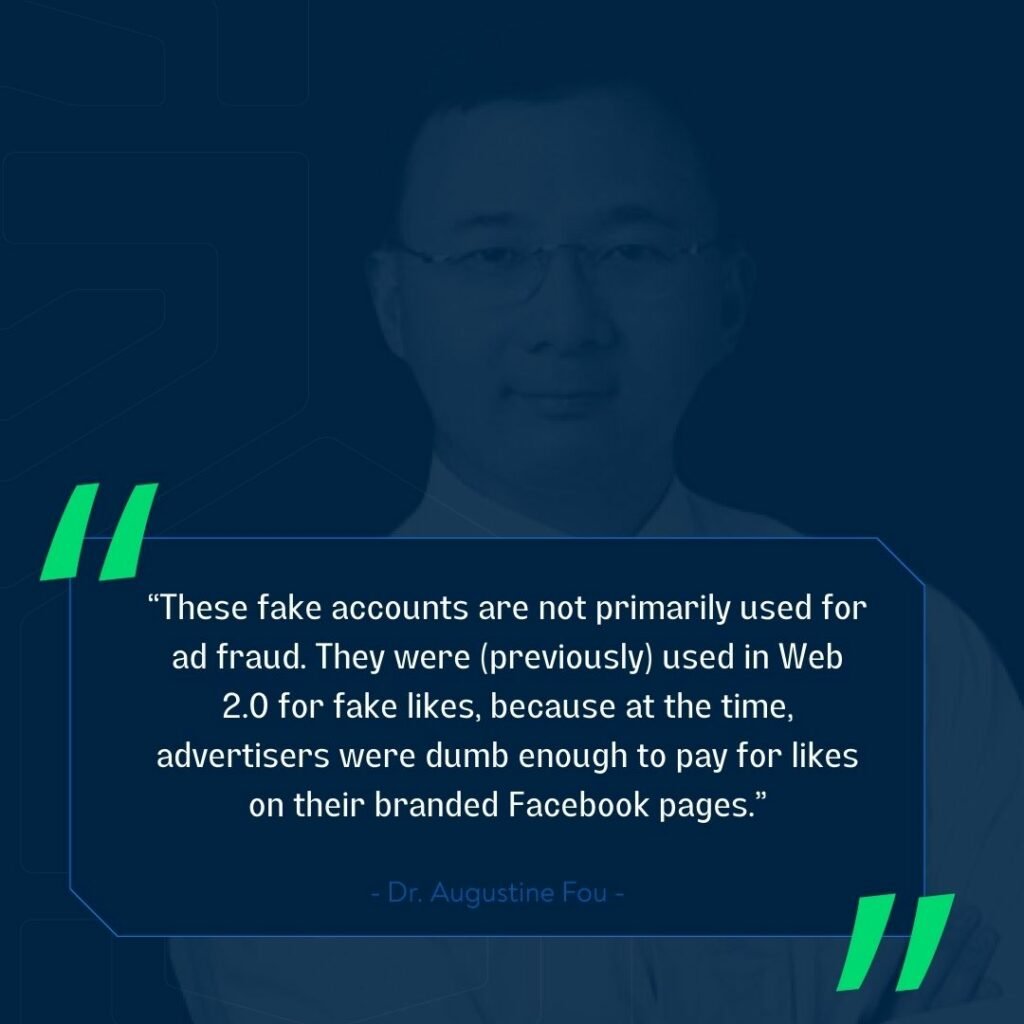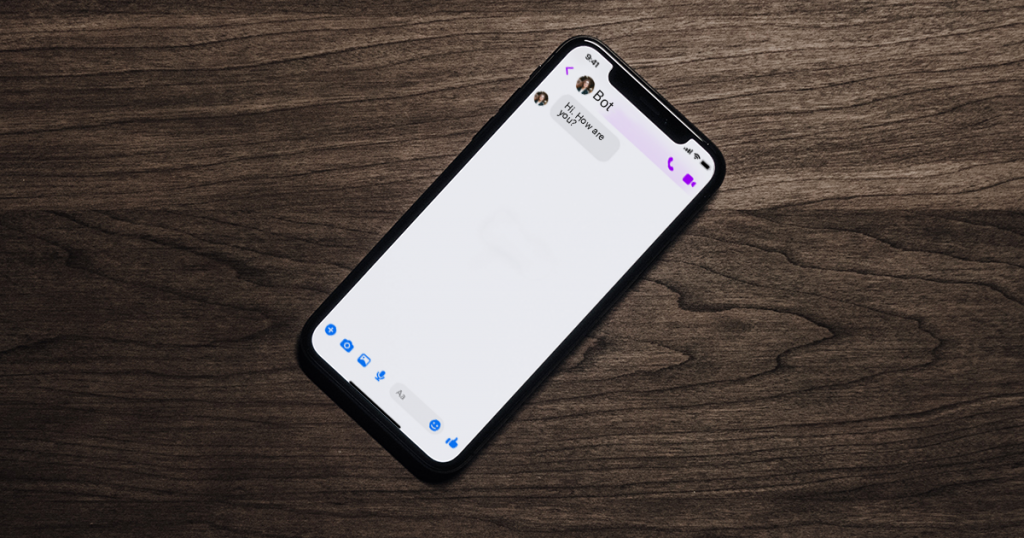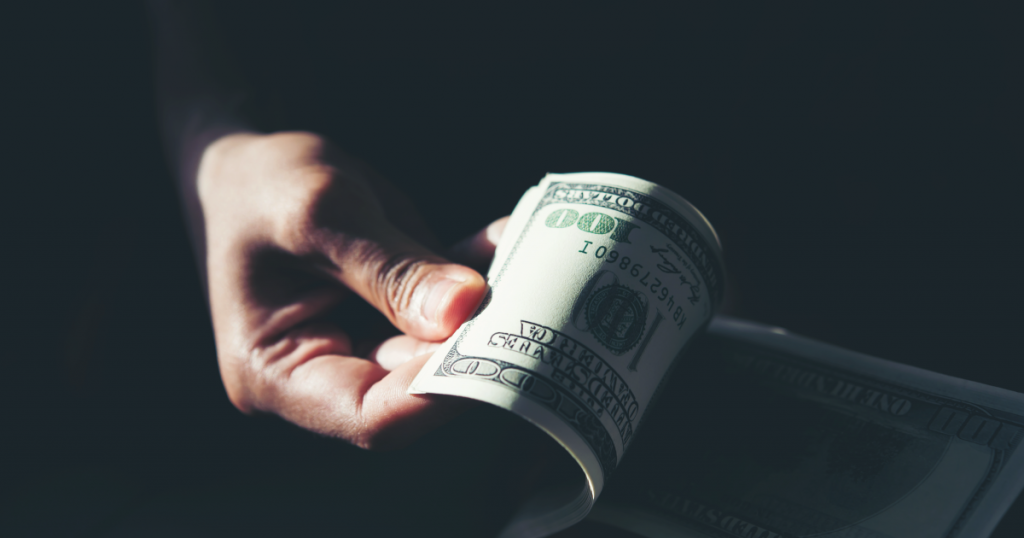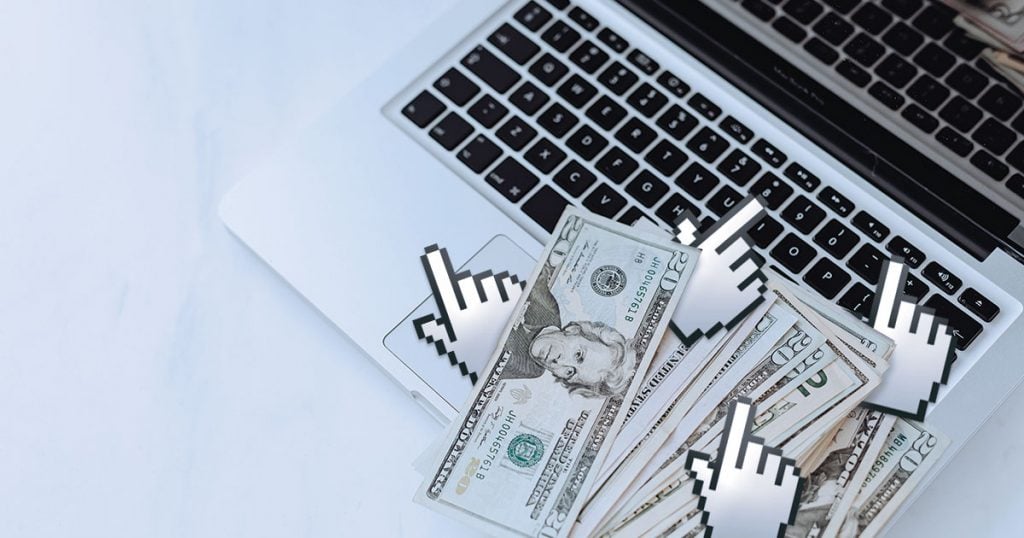It’s one of THE hot topics of the last decade – and with good reason. Facebook’s vulnerability to bots was well known, even before investigative journalist Carole Cadwalladr uncovered the extent to which bad actors like Cambridge Analytica use bots on Facebook to influence current affairs and public opinion.
As a political story, it’s rarely out of the news. However, much less attention is paid to how bot activity on Facebook affects advertisers.
Facebook Ads is still touted as one of the best ways to target and attract the ideal audience for your goods and services.
But if the social media giant is as plagued by bot activity as we’ve been told, then exactly how much of the engagement we see on Facebook Ads is genuine? And more importantly, how does it affect our ROI?
This article seeks to address the issue of bots on Facebook from an advertiser’s perspective. We’ll cover;
- Different kinds of bots on Facebook
- The varying levels of click fraud across FB’s advertising ecosystem
- Best practice tips to keep your FB marketing free from fraud.
101 Uses For A Bot
For anyone needing a primer, bots are scripts – bits of computer code – that are programmed to carry out set tasks. They’re like the worker bees of the internet – they’ve all got their own job to do, and they’ll plug away on autopilot according to the instructions they’re given.
Bots answer your customer service messages, respond to your emails, read your blogs and add them to search engine results pages. Any low-level, repetitive online task, there’s probably a bot for it.
They also scrape your personal data, click your PPC ads until your budget’s gone, spread fake news, and fool people into thinking their extreme ‘opinions’ are widely shared.
The Great Big Melting Pot of Bots On Facebook
There’s only one kind of bot that Mr. Zuckerberg and co. want you to associate with their platform, and that’s Messenger Bots.
Introduced in 2016, Messenger Bots are responsible for the automated response you receive whenever you send a message to a business page (you may well have programmed one of these for your own business).
Most companies are content to use this handy FB-designed bot to send a polite acknowledgment, with a promise to get back to you shortly. However, the Messenger bot can do much more – it’s built on the Wit.ai Bot Engine, which turns natural language into structured data, allowing you to automate a surprisingly large range of customer service processes.
To prove this point, Facebook showcased the bot’s ability using 1-800-Flowers – a FB page set up to allow customers to complete a full transaction with an online florist delivery service – while only ever interacting with the Messenger bot.
However, FB’s own bot research has visited some pretty dark places – attempts to upgrade the AI potential of the Messenger bot for businesses led to bots that learned to lie when negotiating with customers.
No less disturbing was the news that FB trains bots to mimic abusive human users, then turn them loose in a ‘Web-Enabled-Simulation’ – basically a staging environment-version of Facebook. They let these anti-social bot-monsters recreate the worst interactions imaginable, then study the results to help them in their exhausting battle against online abuse.
If this is already giving you the creeps, you might need to cover your eyes before we get started on some of the other bots on Facebook.
We Need To Talk About Bots On Facebook
How many FB profiles are actually bots? It’s a tough question to answer – Facebook is too busy removing fake profiles to investigate whether they’re human. Given that FB removes around 1.5 bn fake profiles every 3 months, it’s likely that bots account for a lot of that activity.
As we mentioned at the start, malicious bots on Facebook present huge challenges to our systems of governance and democracy. Social media platforms now play a lead role in shaping our perceptions of society and politics. The desire to identify with a tribe, and to have your opinions and feelings validated by others, has consequently been manipulated by unscrupulous characters to undermine and erode the very pillars upon which our society is built.
Comparitech’s investigation into a Facebook bot farm details the exact methods used to spread disinformation. Using likes, follows, shares, and comment-based engagement, farms like the one described have been proven to result in some fairly spectacular real-world political consequences.
But do these fraudsters and their methods spell bad news for your Facebook Ads?
Click Fraud Bots On Facebook
Ad fraud and click fraud are present on every digital advertising platform, and Facebook is no exception.
Facebook logs the activity of every profile automatically, so if a profile repeatedly clicks on a Facebook Ad, it’s normally very easy to detect, identify, and block the profile responsible. This makes FB click fraud a more challenging crime to commit.
Challenging, but not impossible. Fake FB profiles can be purchased in bulk, and combined with a technique known as user agent spoofing to successfully target Facebook Ads.
User agent spoofing takes advantage of the UA string – a snippet of code that websites use to identify your browser, so they can optimize the site to suit your browser.
However, this code can be spoofed, allowing fraudsters to send false information as part of the UA string. This process can be repeated and automated, changing the information in the UA for every click to give the appearance of a different unique visitor.
However, this approach requires considerable investment of time and effort from the cybercriminal.

How Much Click Fraud Is There On Facebook?
Ad fraud expert Dr. Augustine Fou believes that bots on Facebook are primarily used for political, rather than financial gain.
“These fake accounts are not primarily used for ad fraud. They were (previously) used in Web 2.0 for fake likes, because at the time, advertisers were dumb enough to pay for likes on their branded Facebook pages.”
Fou (and others) believe that cybercriminals are less likely to target your Facebook Ads for two reasons.
1.No opportunity for content-driven fraud. Click fraud is most effective as a criminal enterprise when it can be combined with other types of fraud to maximize returns.
Content-driven fraud allows criminals to profit directly. If you host ads – on a website or app – you get money from the clicks. But with Facebook Ads, FB are the publishers. They’re doing all the hosting.
The only way to get paid for click fraud on Facebook Ads is if someone is willing to pay for the draining of another advertiser’s budget – competitor fraud, basically. So there’s less potential for criminals to profit from Facebook Ad click fraud.
2. Lower CPC on Facebook Ads. The rewards for click fraud bots on Facebook are diminished further by the comparatively smaller gains per click.
In comparison to Google Ads, Facebook Ads are generally a lower cost-per-click across the majority of industries.
While these market factors may reduce the levels of click fraud on Facebook Ads, there’s still one Facebook Ad fraud risk advertisers should definitely be aware of – the Facebook Audience Network.
Bots On Facebook Audience Network? Not a F.A.N.
The Facebook Audience Network is designed to allow advertisers to expand the reach of their Facebook Ads. With the tools you use to design and run your FB Ads campaigns, you can push your ads out to thousands of 3rd party mobile apps. You get to increase your reach and run retargeting campaigns, while Facebook – and the 3rd party publisher – get their cut of your ad budget.
Enter content-driven fraud. Once your ads hit the wider network of 3rd party publishers, the odds of click fraud being used in conjunction with placement fraud techniques to steal directly from you increase dramatically. And when it comes to fraud prevention Facebook’s ad tools leave a lot to be desired, with limited options for inspecting, blacklisting and excluding fraudulent placements.
In Dr Fou’s insightful article for Forbes, he gives multiple examples of advertisers making immediate improvements to their ROI on Facebook Ads – simply by turning off FAN. While their ad impressions and clicks were greatly reduced, the conversion rates shot up, because they were no longer paying for click fraud and invalid traffic.
How To Protect Your Ads, And Block Bots On Facebook
- Exercise caution with Facebook Audience Network. Plan your Facebook Ad campaigns with an awareness that FAN is a major source of FB ad fraud – and be prepared to cut your losses on this extension to the FB Ad platform. As always, measure and assess any changes with A/B testing.
- Use targeting to minimize exposure. The great strength of Facebook Ads is the ability to microtarget your ads. Unlike other platforms, FB has access to verifiable data about their audiences (some might say too much access) and this data can be used to finely tune your targeting, and exclude profiles based on a wide and sophisticated range of criteria.
- Learn the platform. Facebook Ads has its own rules, and many different types of ad you can use. The more knowledge and skill you acquire, the easier it becomes to spot unusual or erratic behavior that might indicate bots or fraudulent activity (here’s some handy tips to help you get the hang of Facebook Ads).
So, Facebook Ads may not threaten to be the click fraud free-for-all you may have experienced on Google Ads or other platforms – but there’s still plenty of reasons to keep your (click) guard up, and your eyes open.
For more information about Facebook Ads, PPC, and click fraud, subscribe to our blog – or if you’ve got burning questions, get in touch and we’ll be happy to talk through any problems you might be having (with your PPC ads, obvs – we’re not doctors/divorce lawyers/exorcists, unfortunately)
Bots On Facebook – FAQs
What are bots on Facebook?
u0022Botu0022 is a general term used to describe any software that automates a task. Facebook uses bots for lots of reasons, such as letting users automate responses in Messenger. However, there’s many other bots being used on Facebook by other people for all sorts of reasons – good u003cemu003eandu003c/emu003e bad.
How to block bots on Facebook?
Bots can be blocked individually by doing the following;u003cbru003e1. Click on your profile picture in the top right-hand corner (desktop)u003cbru003e2. Click ‘Settings and Privacy’, then ‘Settings’u003cbru003e3. Click ‘Privacy’, then ‘Blocking’u003cbru003e4. Click ‘Block Users’, then ‘Edit’u003cbru003e5. Click ‘Add to Block List’, then enter the profile name of the bot profile you wish to block.
Are there bots on Facebook?
In addition to the estimated 300,000 Messenger bots legitimately interacting on Facebook, it’s believed that there are many millions of unauthorized bots used to control fake profiles for disinformation and other fraudulent purposes. While it’s difficult to say exactly how many fake profiles are bot-controlled, Facebook’s own Community Standards Enforcement Report disclosed the removal of 1.5 bn fake profiles in Q3 of 2022 alone.



